Search Results
Filters
Advanced Search
2175 Results
-
Industry Standards and FPGA Verification Trends
Resource (Slides (.PDF)) - Jun 19, 2015 by Harry Foster
-
An Agile Evolution in SoC Verification
Resource (Slides (.PDF)) - Jun 19, 2015 by Neil Johnson
-
DAC 2015 Academy PDF Presentation: UVM Message Display Commands - Sunburst Design
Resource - Jun 19, 2015 by
-
Evolution Of Debug
Resource (Slides (.PDF)) - Jun 19, 2015 by
-
Next Generation Debug Experience with Visualizer
Resource (Slides (.PDF)) - Jun 19, 2015 by Vahid Naraghi
-
Software Debug on Veloce
Resource (Slides (.PDF)) - Jun 19, 2015 by
-
Trends in Debugging: Broad & Flexible Silicon Debug Visibility
Resource (Slides (.PDF)) - Jun 19, 2015 by Stephen Bailey
-
Trends in Debugging: From Challenges to Solutions
Resource (Slides (.PDF)) - Jun 19, 2015 by Harry Foster
-
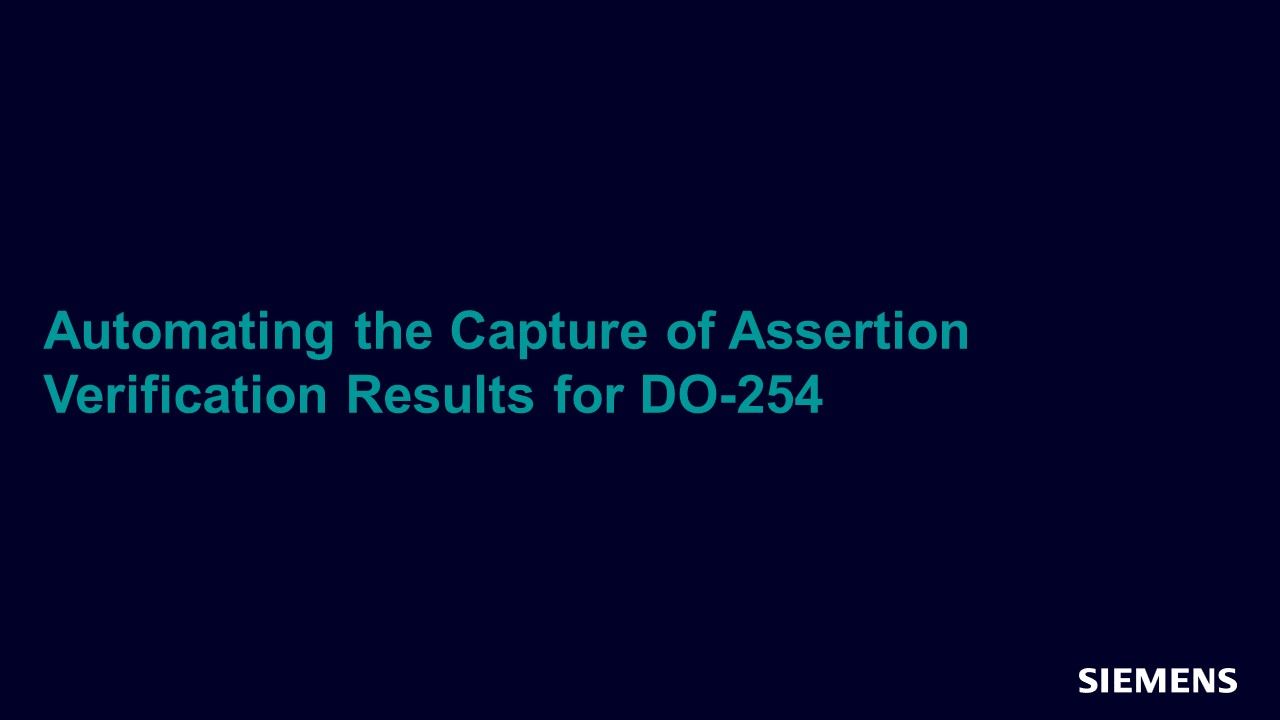
Automating the Capture of Assertion Verification Results for DO-254
Article - Jun 06, 2015 by Vipul Patel - eInfochips
This article focuses on Assertion-Based Verification (ABV) methodology and discusses automation techniques for capturing verification results to accelerate the verification process. Also, it showcases how requirement traceability is maintained with use of assertions to comply with the mandatory DO-254 standards.
-
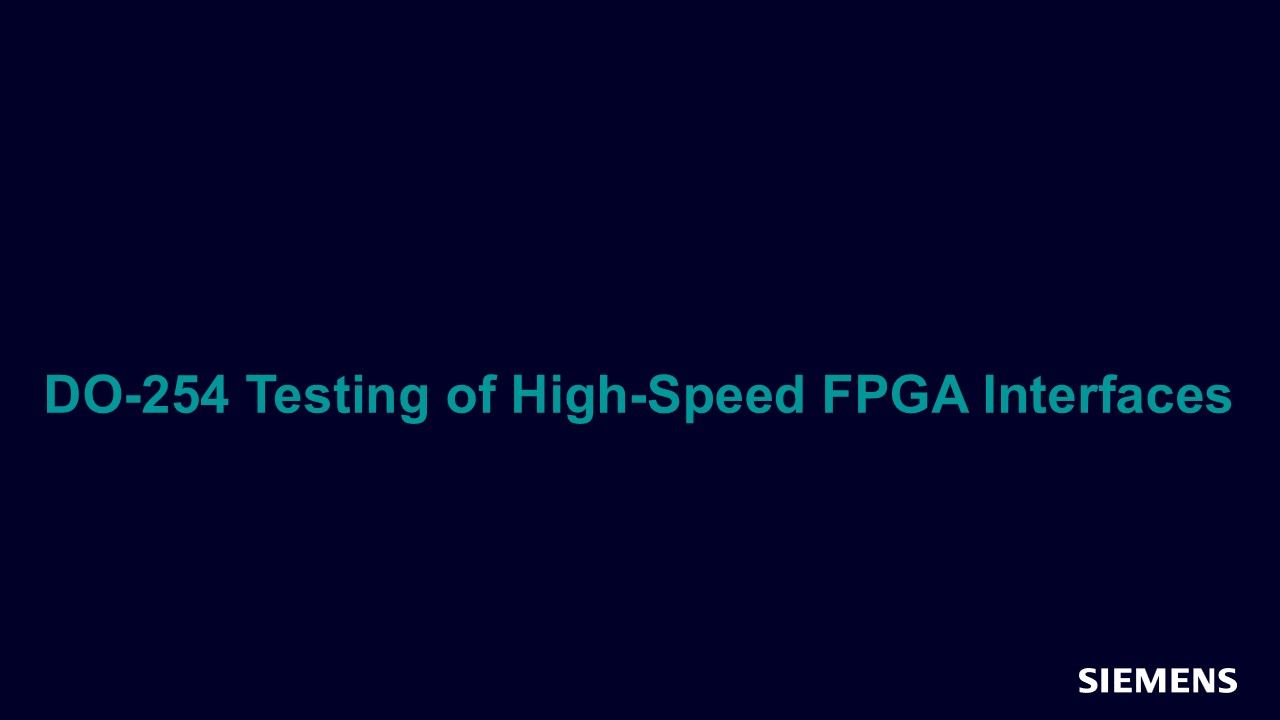
DO-254 Testing of High-Speed FPGA Interfaces
Article - Jun 06, 2015 by Nir Weintroub, Sani Jabsheh - Verisense
As the complexity of electronics for airborne applications continues to rise, an increasing number of applications need to comply with the RTCA DO-254 / EUROCAE ED-80 standard for certification of complex electronic hardware, which includes FPGAs and ASICs.
-
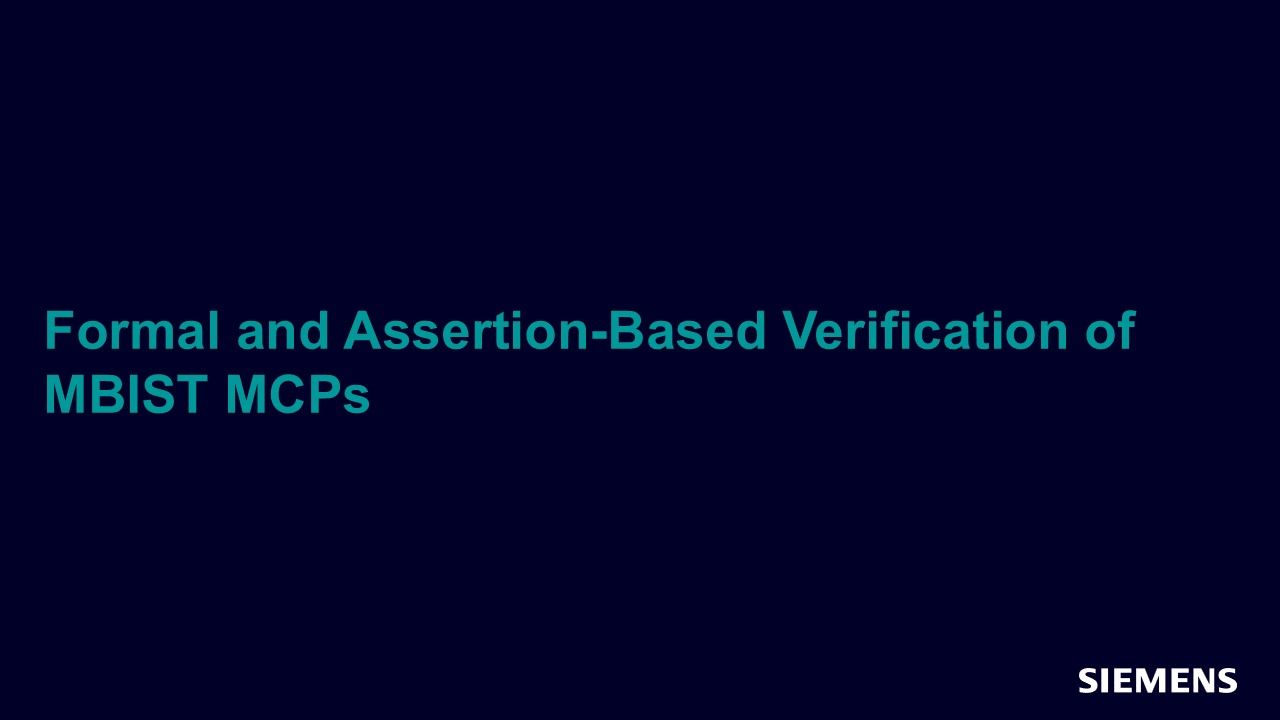
Formal and Assertion-Based Verification of MBIST MCPs
Article - Jun 06, 2015 by Ajay Daga - FishTail Design Automation
Built-In Self-Test (BIST) is widely used to test embedded memories. This is necessary because of the large number of embedded memories in a circuit which could be in the thousands or even tens of thousands. It is impractical to provide access to all these memories and apply a high-quality test.
-
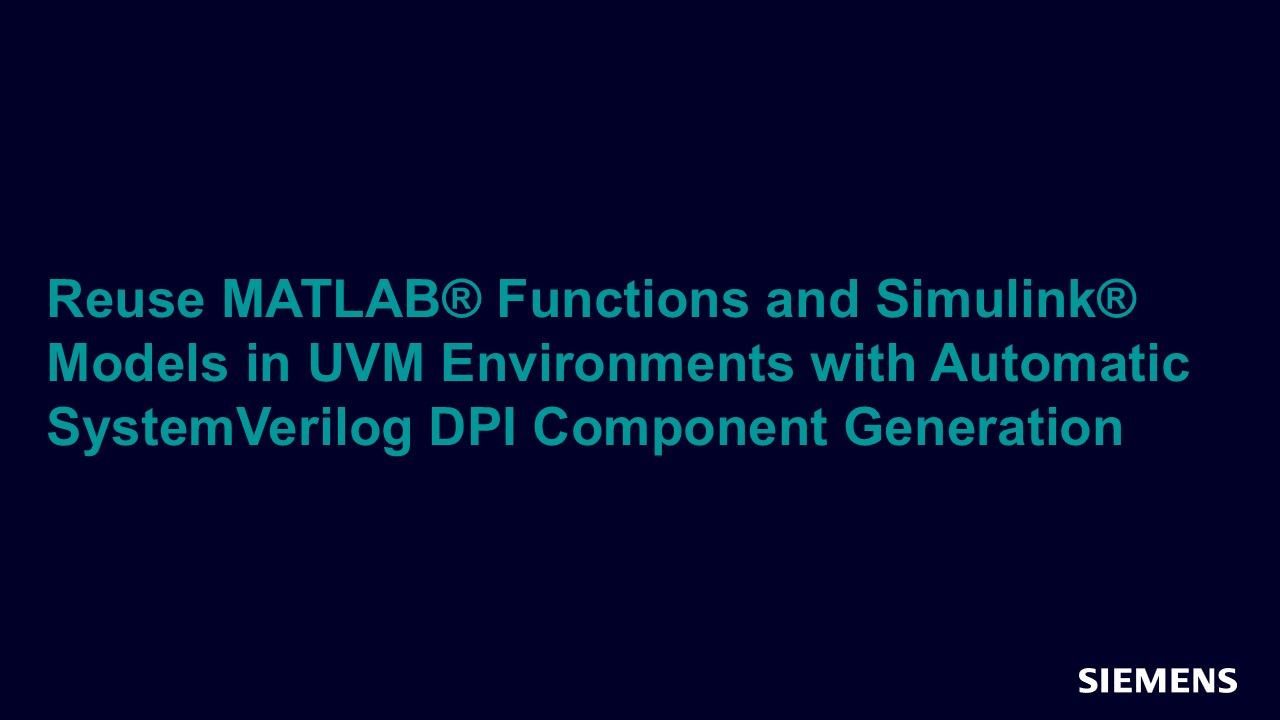
Reuse MATLAB® Functions and Simulink® Models in UVM Environments with Automatic SystemVerilog DPI Component Generation
Article - Jun 06, 2015 by Tao Jia, Jack Erickson - MathWorks
The growing sophistication of verification environments has increased the amount of infrastructure that verification teams must develop. For instance, UVM environments offer scalability and flexibility at the cost of upfront efforts to create the UVM infrastructure, bus-functional models, coverage models, scoreboard, and test sequences.
-

Starting Formal Right from Formal Test Planning
Article - Jun 06, 2015 by Jin Zhang
Planning is key to success in any major endeavor, and the same is true for meaningful formal applications. End-to-End formal, with the goal of achieving formal sign-off, is a task that usually takes weeks if not months to complete, depending on the size and complexity of the design under test (DUT).
-
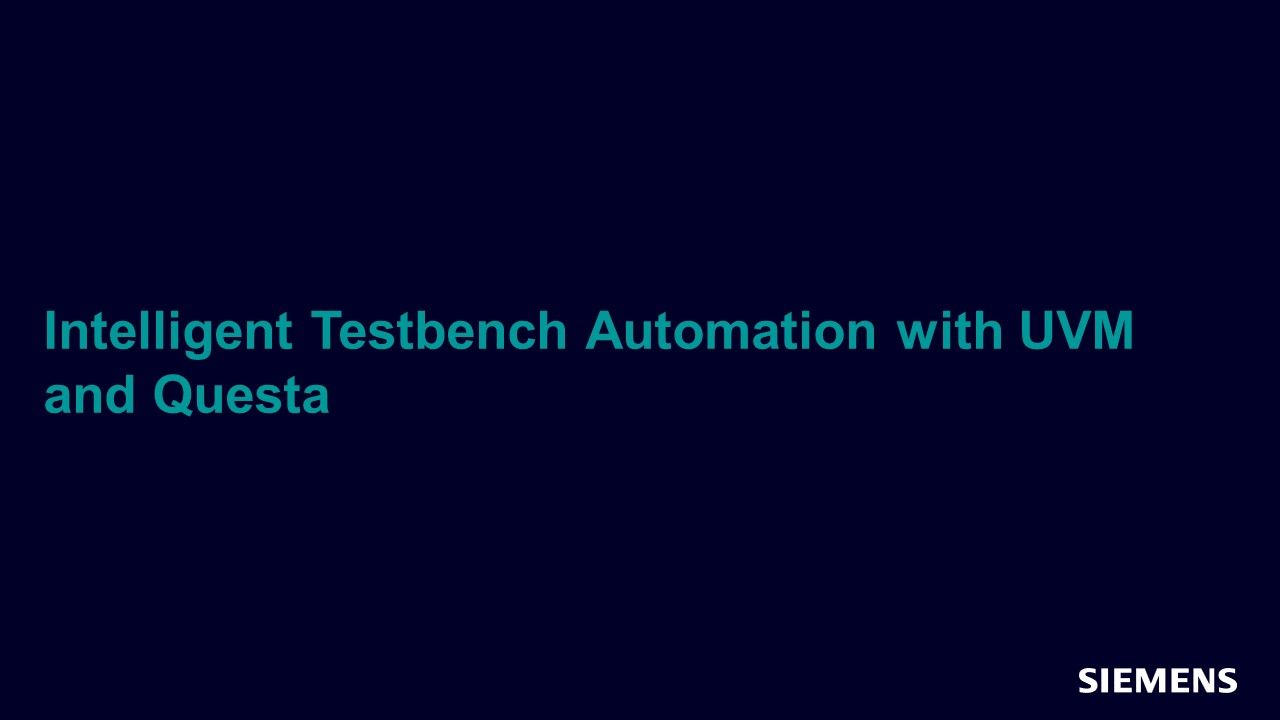
Intelligent Testbench Automation with UVM and Questa
Article - Jun 06, 2015 by Marcela Simkova, Neil Hand - Codasip
This article describes an automated approach to improve design coverage by utilizing genetic algorithms added to standard UVM verification environments running in Questa. To demonstrate the effectiveness of the approach, the article will utilize real-world data from the verification of a 32-bit ASIP Codasip® processor.
-
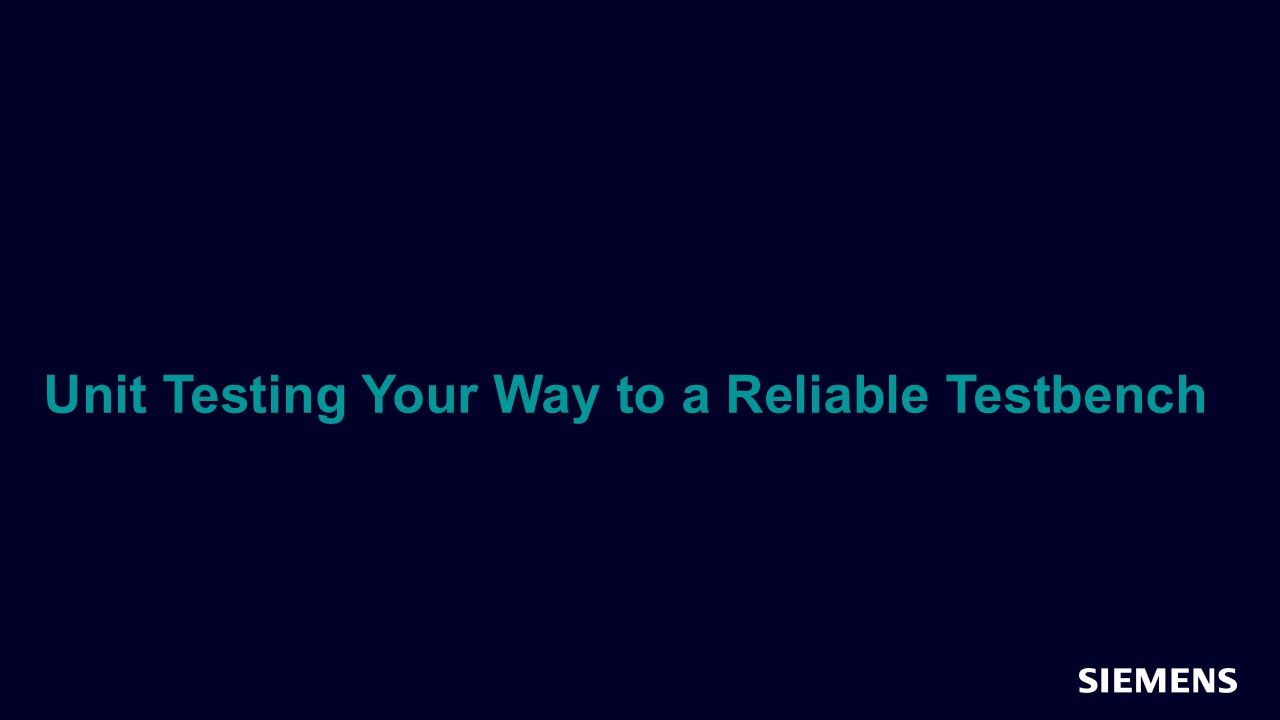
Unit Testing Your Way to a Reliable Testbench
Article - Jun 06, 2015 by Neil Johnson
Writing tests, particularly unit tests, can be a tedious chore. More tedious - not to mention frustrating - is debugging testbench code as project schedules tighten and release pressure builds. With quality being a non-negotiable aspect of hardware development, verification is a pay-me-now or pay-me-later activity that cannot be avoided.
-
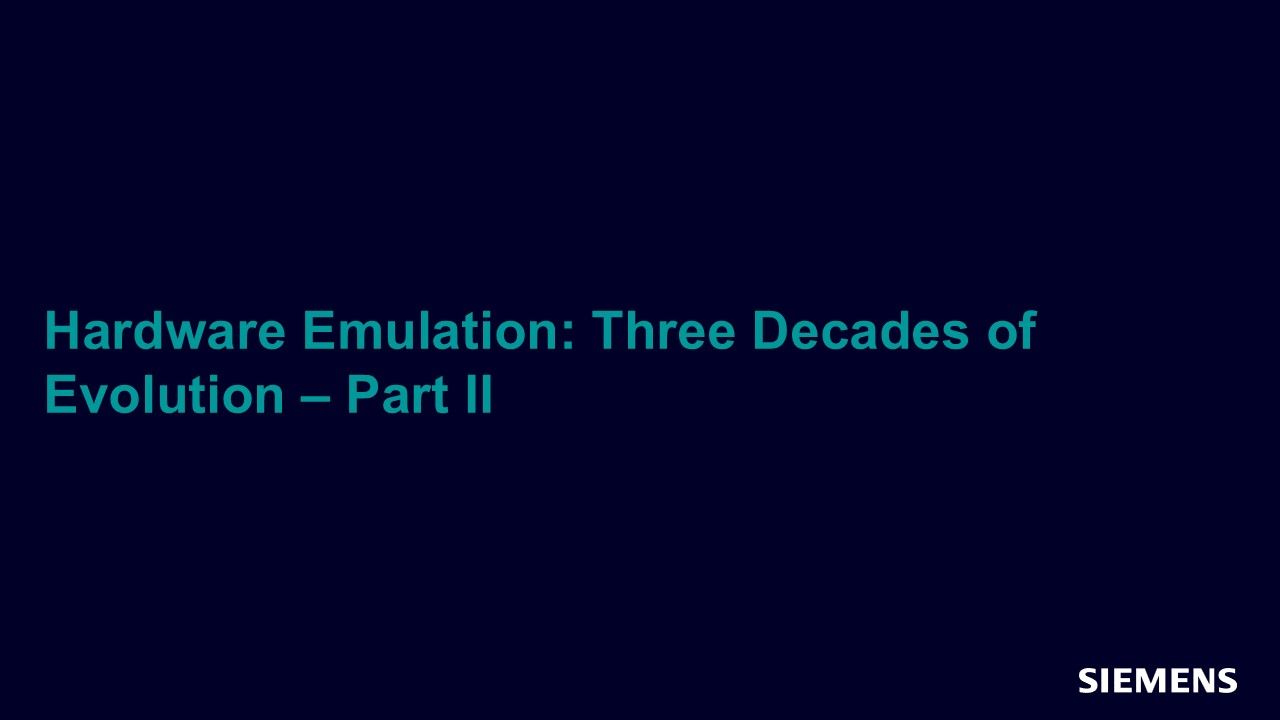
Hardware Emulation: Three Decades of Evolution – Part II
Article - Jun 06, 2015 by Dr. Lauro Rizzatti - Rizzatti LLC
In the second decade, the hardware emulation landscape changed considerably with a few mergers and acquisitions and new players entering the market. The hardware emulators improved notably via new architectures based on custom ASICs.
-
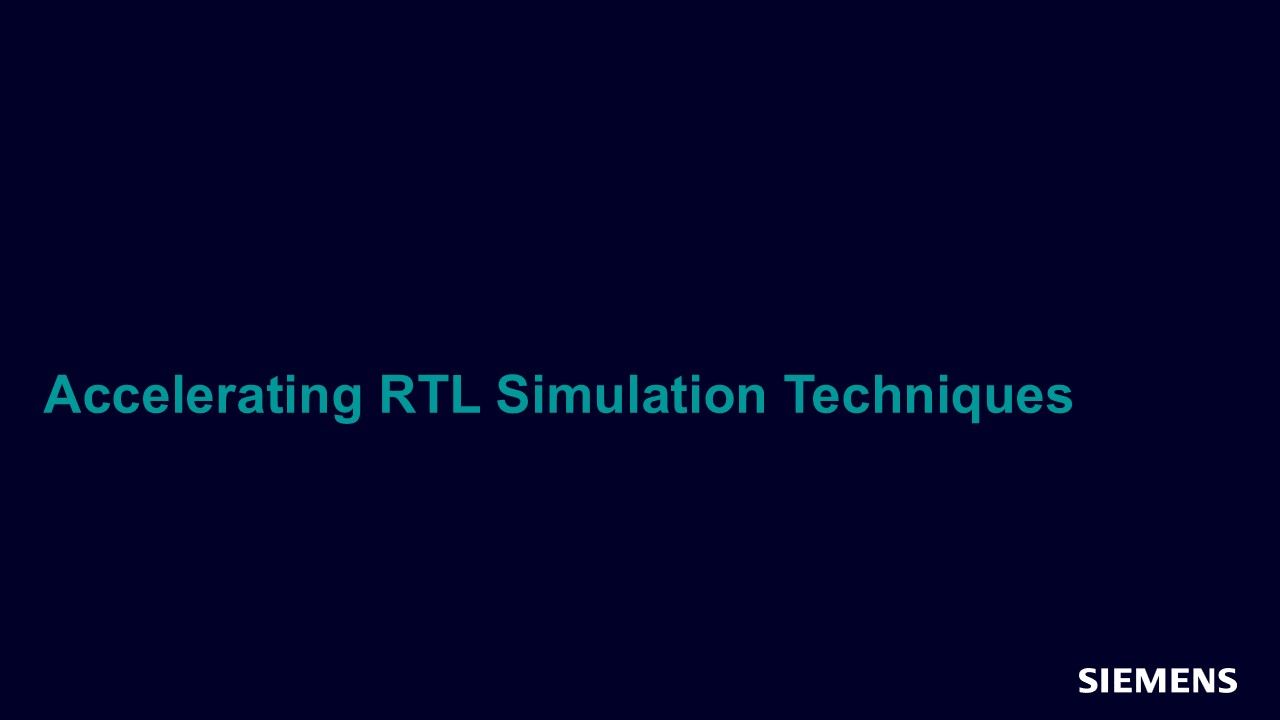
Accelerating RTL Simulation Techniques
Article - Jun 06, 2015 by Lior Grinzaig - Marvell
Long simulation run times are a bottleneck in the verification process. Coding style has a significant effect on simulation run times. Therefore, it is imperative that the code writer examine his/her code, not only by asking the question “does the code produce the desired output?” but also “is the code economical, and if not, what can be done to improve it?”
-
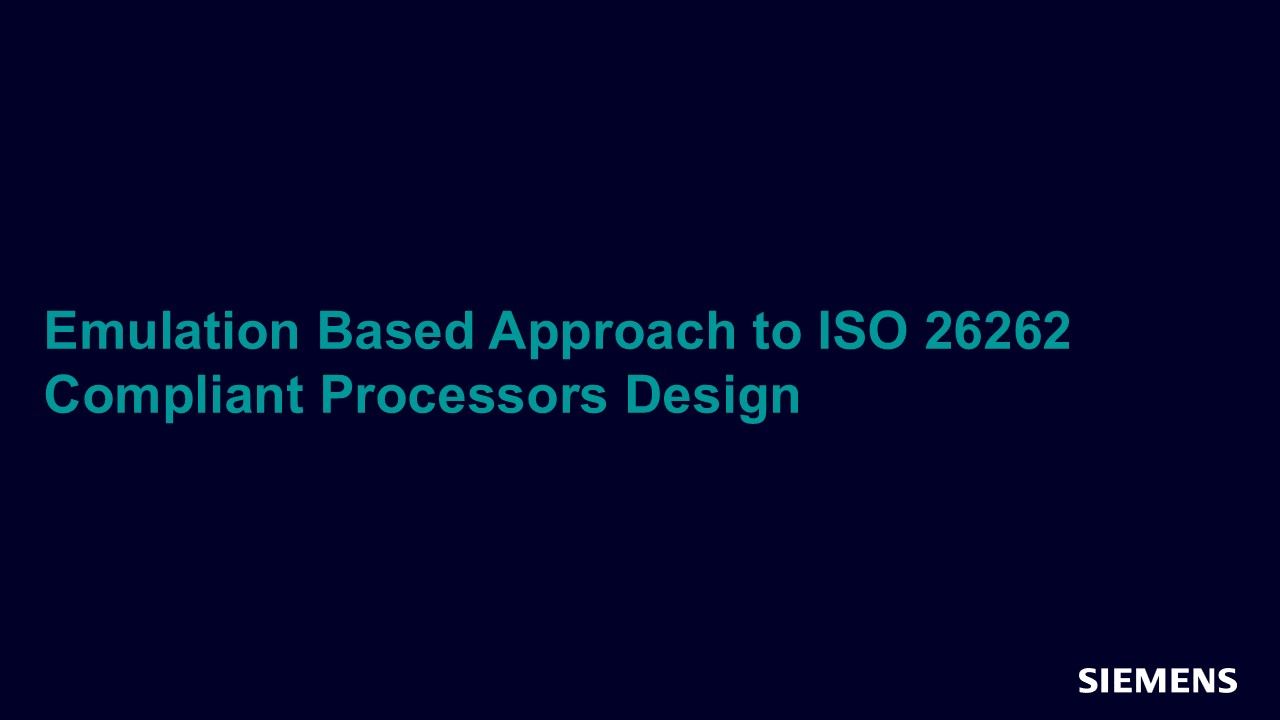
Emulation Based Approach to ISO 26262 Compliant Processors Design
Article - Jun 06, 2015 by David Kaushinsky - Siemens EDA
This article reviews the use of processors in the automotive industry, the origin of faults in processors, architectures of fault tolerant processors and techniques for processor verification with fault injection. We then propose an emulation-based framework for performing fault-injection experiments on embedded processor architectures.
-
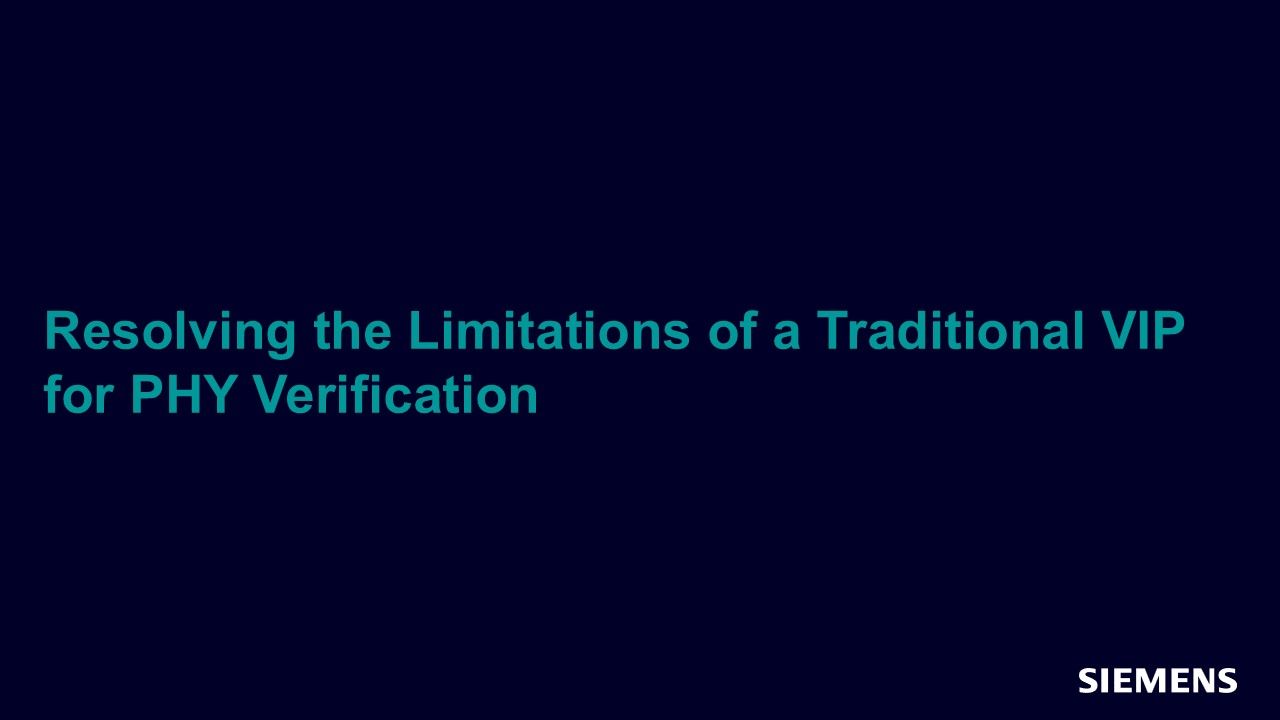
Resolving the Limitations of a Traditional VIP for PHY Verification
Article - Jun 06, 2015 by Amit Tanwar, Manoj Manu - Siemens EDA
This article describes the limitations of a traditional VIP for PHY verification, which can typically be resolved using an exclusive PHY verification kit. The common PHY found in PCI Express, USB 3.0 and 3.1, and SATA devices help accelerate development of these devices by implementing the physical layer functionality as a discreet IC or macro cell, which can be easily included in ASIC designs.
-
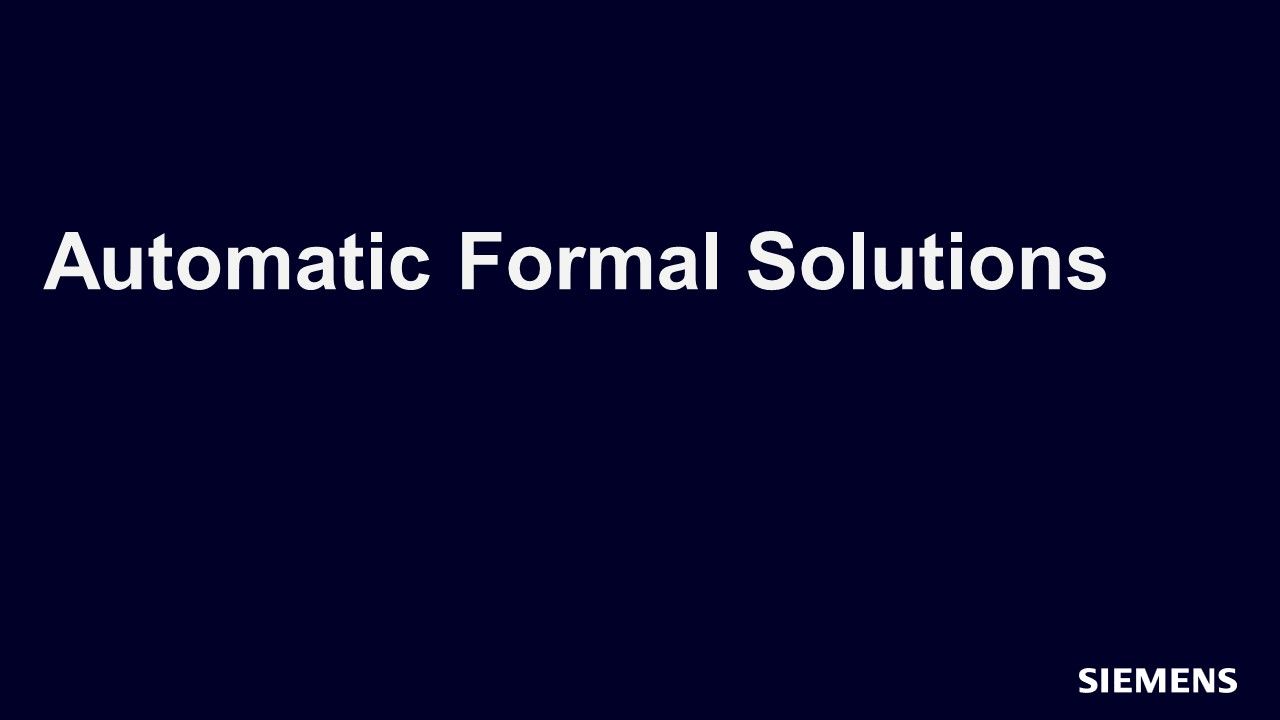
Automatic Formal Solutions
Track - Jun 05, 2015 by Mark Eslinger
After a brief introductory session outlining the general architecture of formal apps, in each subsequent session of this track will deep dive on a specific verification challenge and the corresponding formal application.
-
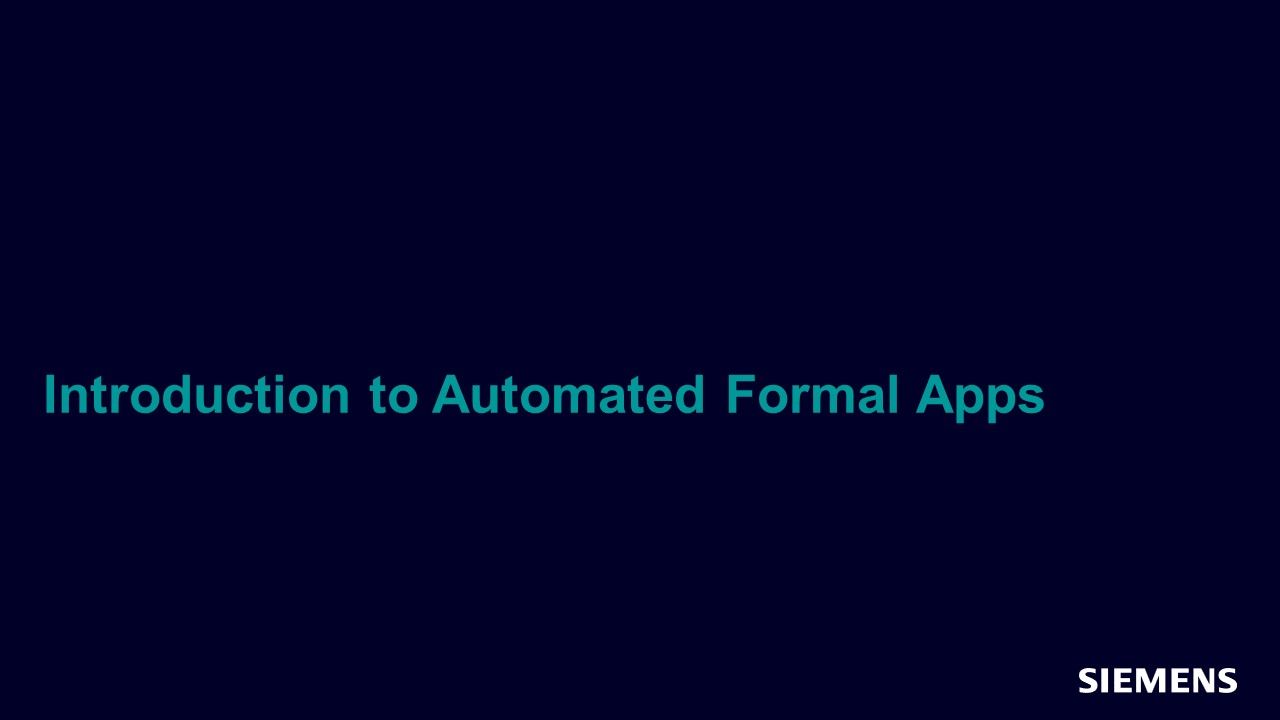
Introduction to Automated Formal Apps
Session - Jun 05, 2015 by Joe Hupcey
This session will introduce you to Formal Apps; what they are, how they are structured and what is available today.
-
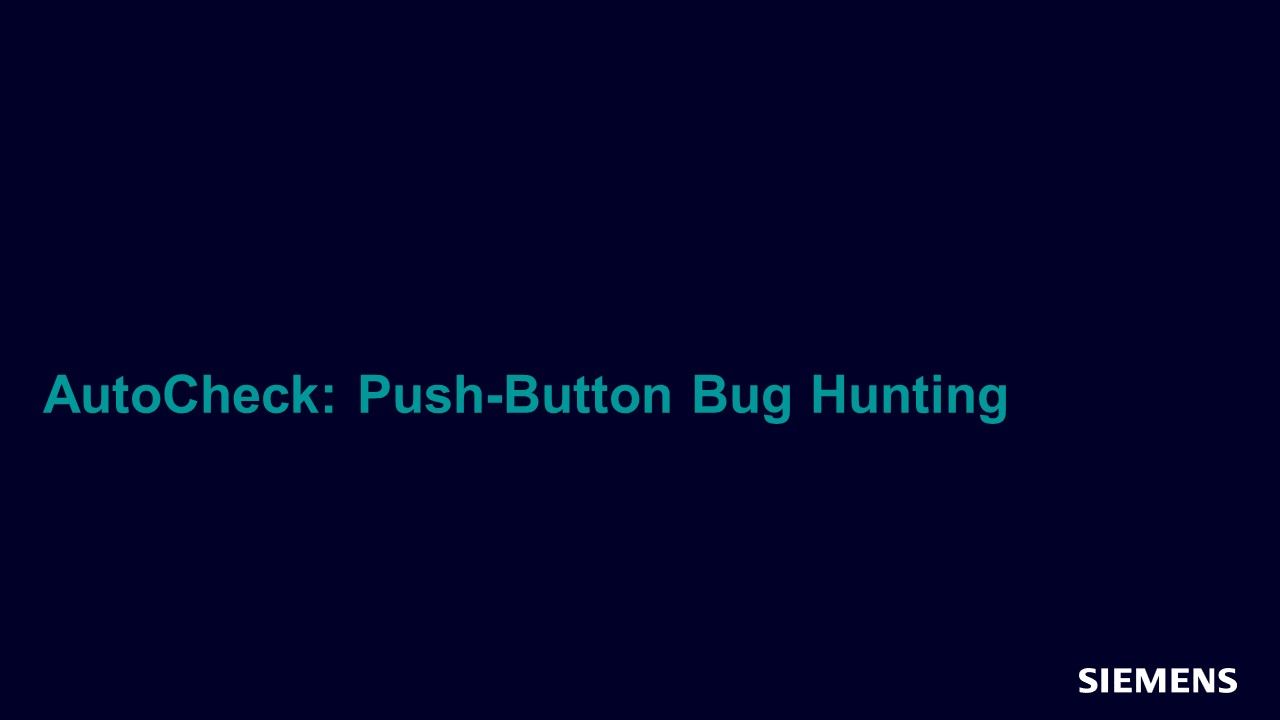
AutoCheck: Push-Button Bug Hunting
Session - Jun 05, 2015 by Mark Eslinger
This session will show how automation of assertion based methods via automated formal analysis can uncover numerous types of RTL behavioral issues, enabling immediate fixes as the RTL is being developed without the need for a testbench.
-
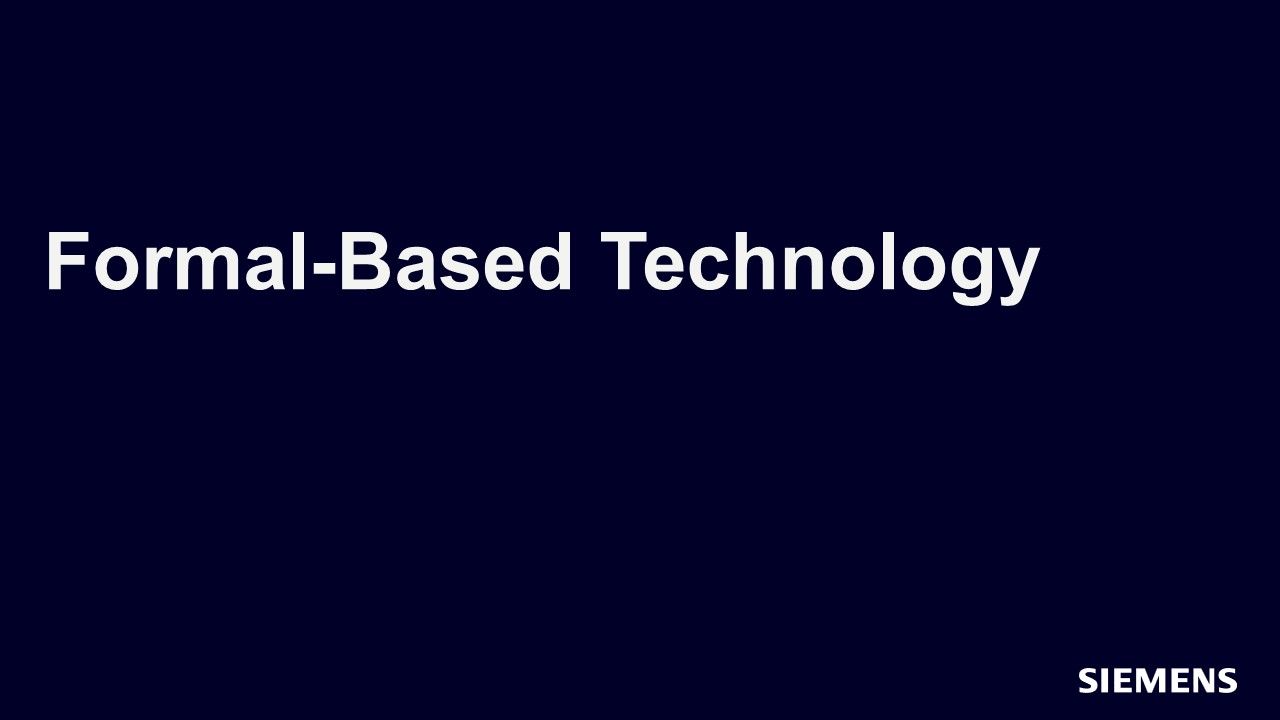
Formal-Based Technology
Track - Jun 05, 2015 by Harry Foster
This track introduces basic concepts and terminology that should be useful by any engineer wishing to mature their formal-based technology skills.
-
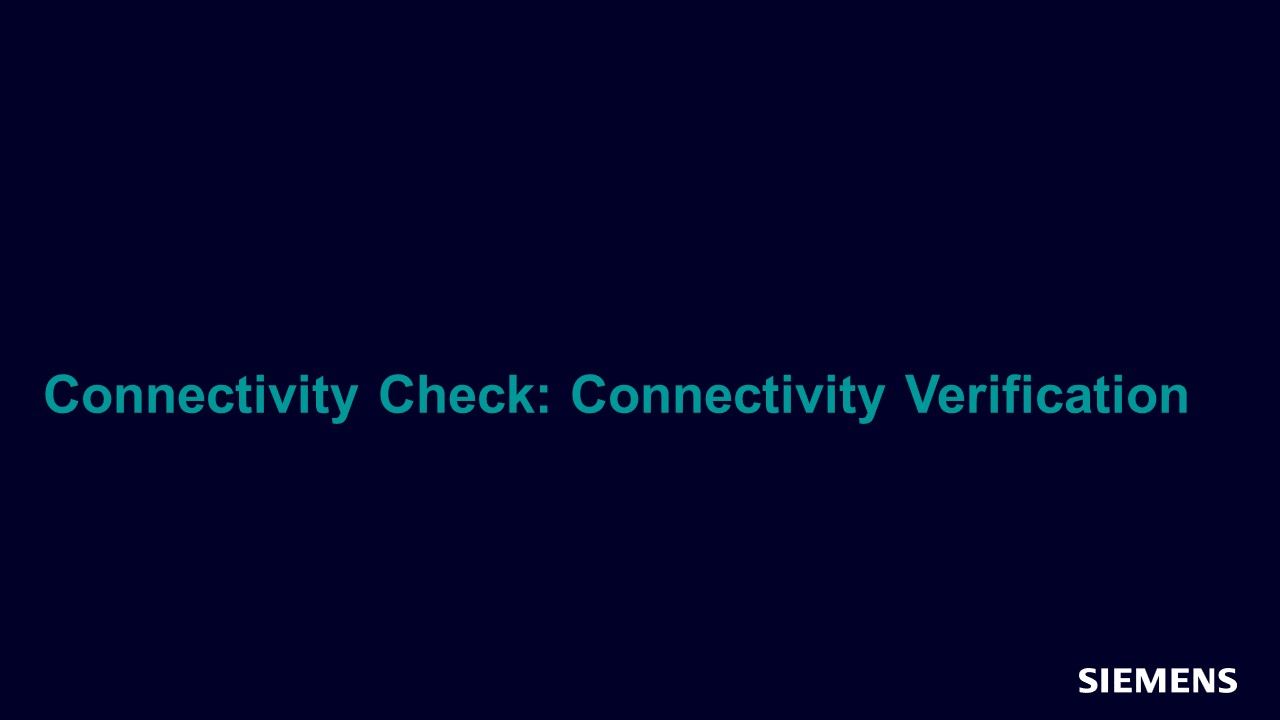
Connectivity Check: Connectivity Verification
Session - Jun 05, 2015 by Mark Eslinger
This session we’ll take a quick look at the various challenges in doing connectivity verification with current methods. We’ll also look at a number of connectivity checking applications.
-
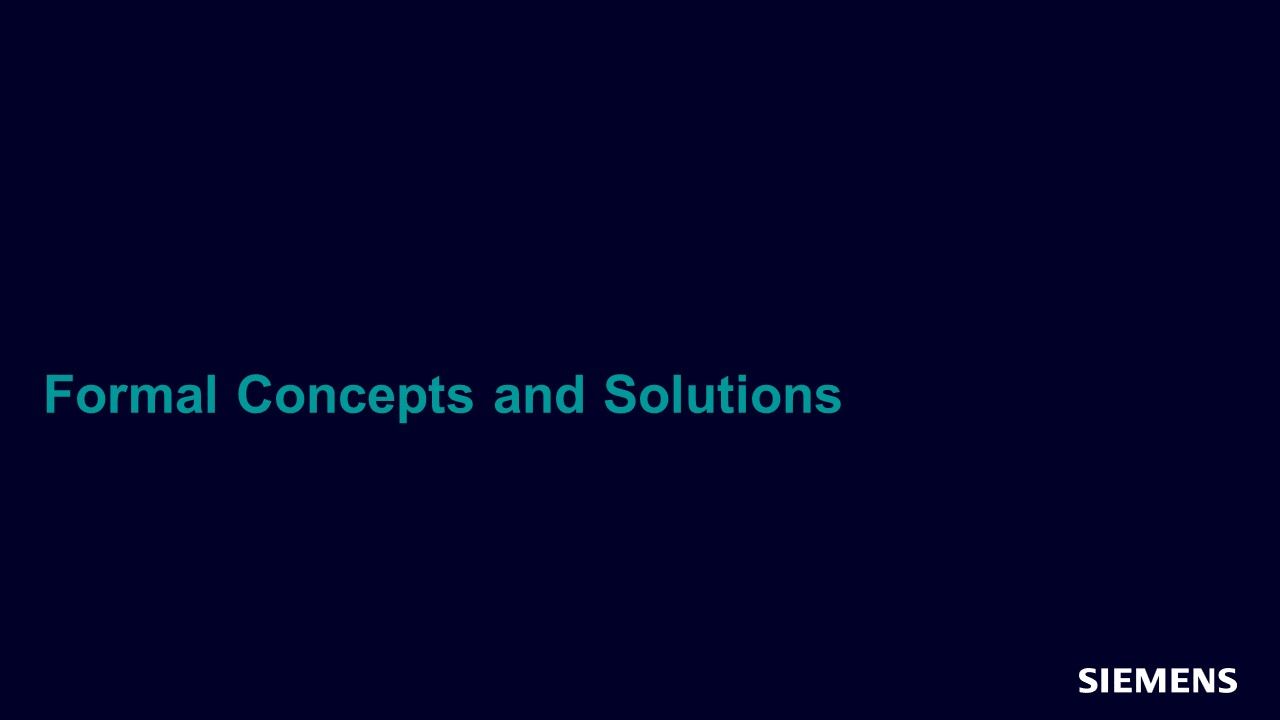
Formal Concepts and Solutions
Session - Jun 05, 2015 by Harry Foster
This session focuses on formal verification concepts and solutions.